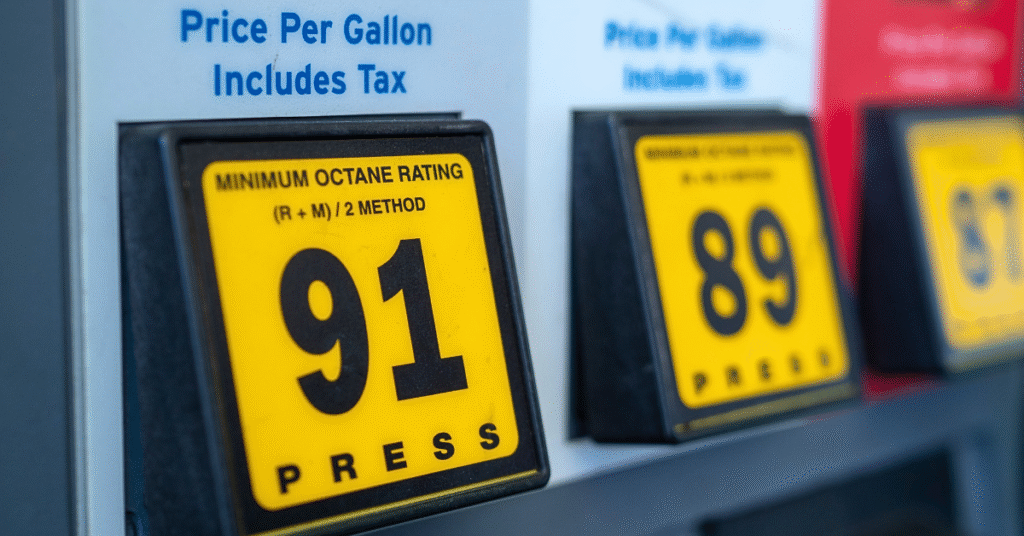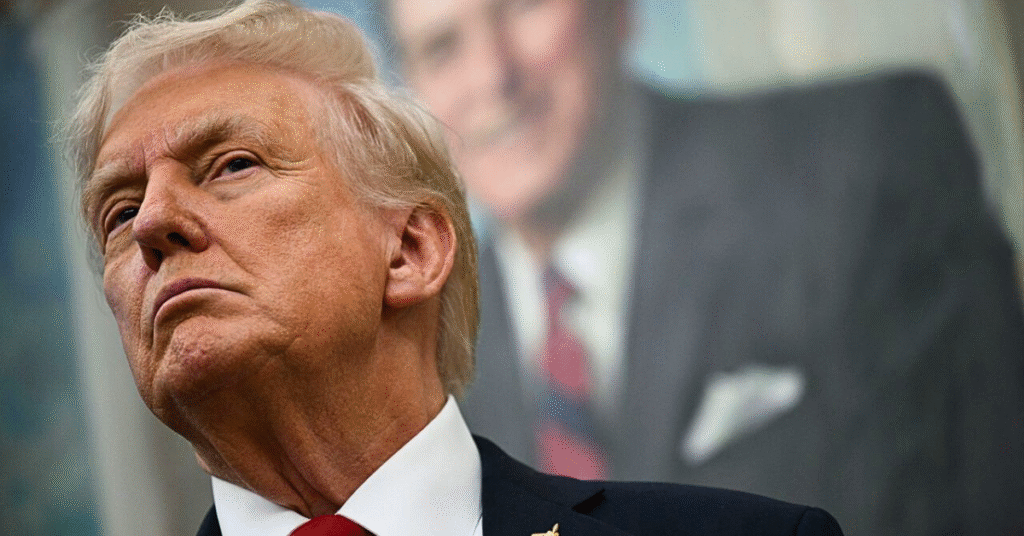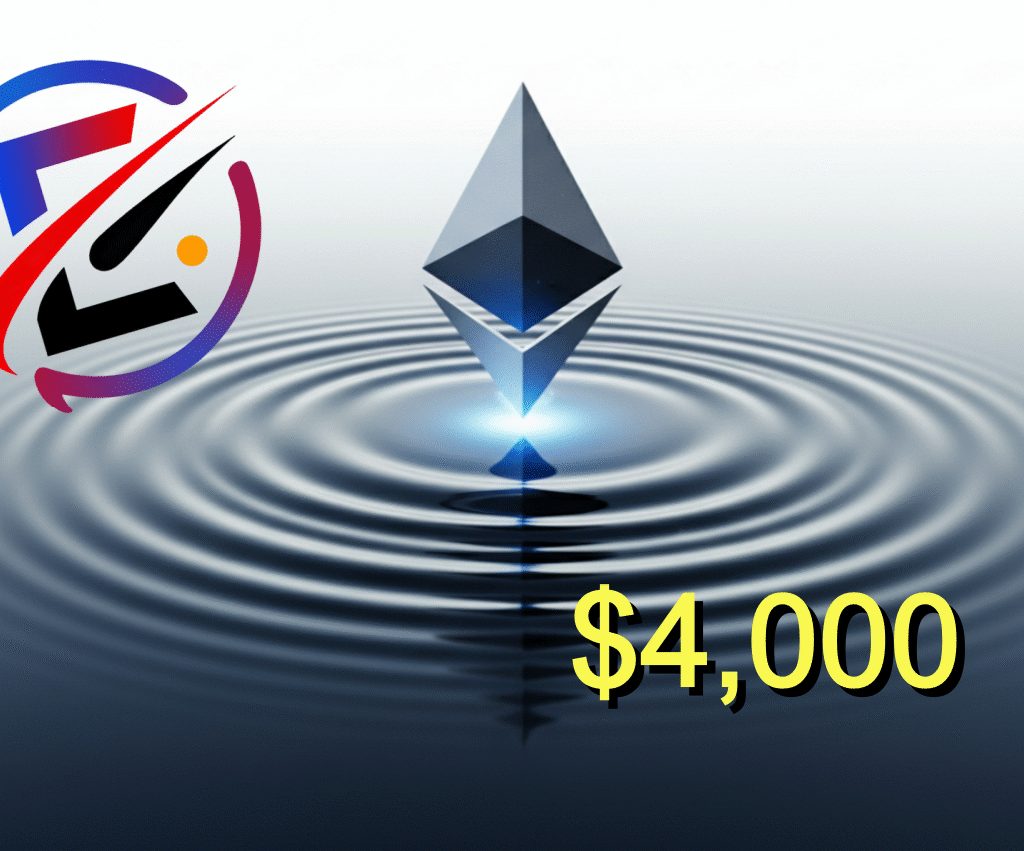Picture this: You’re scrolling through your feed, sipping coffee, when suddenly a headline hits like a gut punch.
A major global bank isn’t just whispering about tough times ahead—it’s flat-out saying there’s a 93% chance the U.S. economy could tip into recession before the year’s out.
And not just any bank: UBS, the Swiss powerhouse that’s been navigating financial storms for over a century.
The FrankNez Media Daily Briefing newsletter provides all the news you need to start your day. Sign up here.
Yeah, that one. If you’ve been feeling the pinch from higher grocery bills or wondering why your freelance gigs are drying up, this isn’t the news you wanted.
But here’s the silver lining—or at least the wake-up call: With data like this staring us in the face, it’s prime time to shore up your finances before the storm clouds really gather.
Let’s break it down, step by step, and talk real prep moves that could make all the difference.
The Data That’s Got Economists Sweating

UBS didn’t pull this 93% figure out of thin air. They dug into “hard data” spanning May through July 2025—think personal income trends, consumer spending habits, industrial output, and employment figures.
The verdict? The U.S. economy is hitting “historically worrying levels.” Ouch.
To put that in perspective, this forecast dropped right after the Bureau of Labor Statistics unleashed a jobs report on September 5 that felt more like a plot twist in a bad economic thriller.
The U.S. added a measly 22,000 jobs in August— that’s a fraction of the 80,000 economists had penciled in.
Unemployment ticked up to 4.3%, the highest it’s been since October 2021 when it last hovered at 4.6%. And for Black Americans, the rate climbed to 7.5%, a stark reminder that downturns don’t hit everyone equally.
Why does that matter? Well, as the numbers show, unemployed workers now outnumber job openings for the first time since April 2021.
It’s like the job market’s supply-demand balance just flipped upside down.
Black workers, who often hold onto lower-wage or temporary roles, feel the cuts first when companies start slashing budgets.
It’s a bellwether stat that’s got experts like me glancing nervously at our own paychecks.
Not Quite a Prediction… But Close Enough to Panic?
Here’s where it gets a little twisty. Despite the sky-high odds, UBS isn’t straight-up calling for a recession.
As they put it, the economy is “soggy, soft, weak, yes, but not collapsing.”
It’s like your uncle saying the family barbecue might get rained out, but hey, the grill’s still standing.
That said, the relief is short-lived. Even if we dodge the full-blown R-word, plenty of voices are buzzing about a throwback to the 1970s: stagflation.
You know, that nasty combo of a sluggish economy grinding along with inflation that’s still biting at your heels. Not exactly the vibe anyone signed up for.
Arindrajit Dube, an economics professor at the University of Massachusetts Amherst, didn’t mince words when he weighed in: “the totality of evidence is increasingly pointing to a slowdown in the labor market that could reflect a recession.”
It’s the kind of measured take that lands like a quiet thunderclap—subtle, but you feel the rumble.
So, How Do You Recession-Proof Your Wallet Right Now?

Alright, enough doom-scrolling fuel. The real value here isn’t in panicking; it’s in acting.
UBS’s report isn’t just a warning—it’s a nudge to get proactive.
Whether you’re a nine-to-fiver, a side-hustle warrior, or somewhere in between, here are some grounded steps pulled straight from the financial playbook that’s weathering this chatter.
First off, build that emergency fund like your future self depends on it (spoiler: it does).
Aim for three to six months’ worth of living expenses in a high-yield savings account.
With rates still decent post-rate hikes, your money can actually grow a bit while it sits there as your safety net.
Next, tackle high-interest debt head-on. Credit cards averaging 20%+ APR? They’re like anchors in a storm.
Prioritize paying those down—maybe consolidate if you can snag a lower rate. It’s not glamorous, but it’ll free up cash flow when things tighten.
Don’t sleep on diversifying your income streams. That extra gig on weekends? The online course you’re pondering? Now’s the time.
The jobs report screams volatility, so having multiple taps running can keep the lights on if one dries up.
And for the investors among us: rebalance your portfolio with an eye on defense. Shift a bit toward bonds or dividend-paying stocks that hold steady in choppy waters.
No need to bail entirely—historically, markets recover—but padding against downside makes sense.
Finally, brush up on those benefits. Know your 401(k) options, health coverage gaps, or even unemployment perks in your state.
Knowledge is power, especially when the headlines keep serving up curveballs.
The Bigger Picture: Why This Feels So Eerily Familiar
Zoom out, and this UBS alert fits a pattern we’ve seen flickering since the post-pandemic bounce.
Inflation’s cooled some, but at what cost?
The Fed’s rate tinkering, geopolitical jitters, and that stubborn supply chain hangover—it’s all layering up.
If stagflation sneaks in, we’re talking slower growth with prices that refuse to budge.
Not apocalyptic, but definitely the kind of squeeze that tests resolve.
Experts like Dube aren’t alone in their caution. The UBS team crunched objective indicators that don’t lie, and the jobs data backs it up.
It’s a chorus growing louder, urging us not to hit snooze on the alarm.
In the end, a 93% chance isn’t a guarantee—economies are messy beasts—but it’s a hell of a prompt to button up.
Whether recession hits or we muddle through the “soggy” phase, the folks who prep now?
They’ll be the ones toasting with something stronger than coffee come 2026. What’s your first move?
Also Read: A DOJ Whistleblower Now Makes Revelation That Undermines the Judicial System’s Integrity











